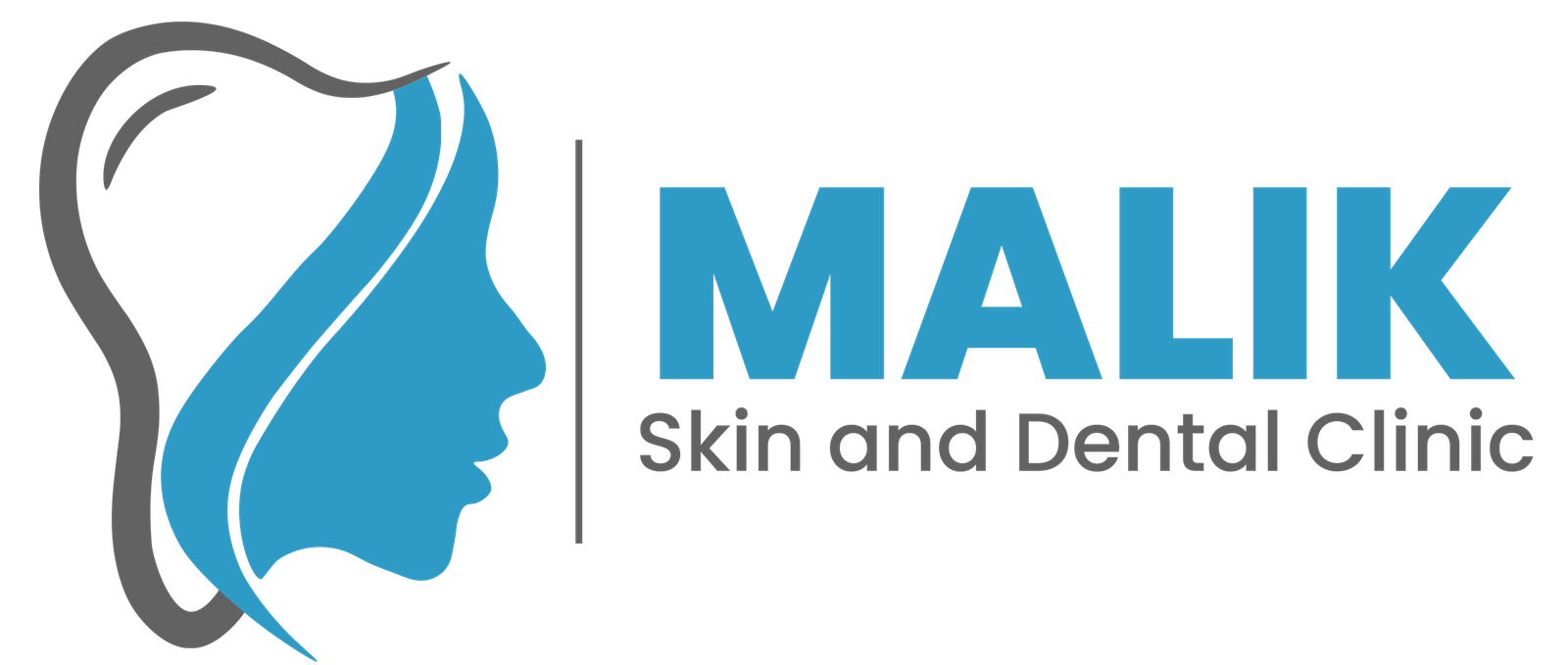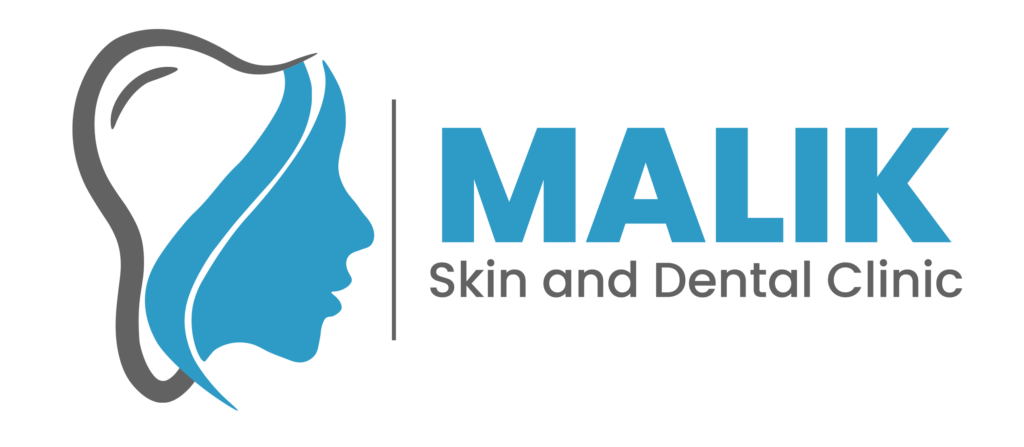Braces
Braces are devices in dentistry that address teeth misalignment, bite issues, and malocclusions by utilizing brackets, wires, and various parts to exert controlled pressure on the teeth, gradually shifting them into proper alignment.
Causes of Misaligned Teeth:
Genetics significantly impacts dental malocclusions and misaligned teeth by influencing jaw size, tooth size, position, and other aspects of dental development. Early childhood habits like thumb sucking, pacifier use, tongue thrusting, and prolonged bottle or sippy cup use can also impact teeth and jaw alignment. Dental problems such as missing teeth, overcrowding, extra teeth, or abnormal tooth development can contribute to malocclusions. Traumatic injuries to the face or jaw can disrupt tooth alignment and bite function. Oral habits like mouth breathing, tongue thrusting, and nail biting can cause misalignments by exerting pressure on the teeth.
Treatment with Braces:
Evaluation for braces involves assessing teeth alignment, jaw relationship, and bite function by an orthodontist to determine treatment needs. Braces are attached to teeth with brackets and wires, adjusted periodically to apply necessary forces. Follow-up appointments monitor progress and ensure treatment plan effectiveness. Oral hygiene is crucial during treatment to prevent oral health issues. Treatment duration varies depending on case complexity, typically lasting 1 to 3 years.
Types of Braces:
Traditional Metal Braces: Metal braces consist of stainless steel brackets and wires and are the most common type of braces used. They are highly effective for correcting a wide range of orthodontic issues and are typically the most affordable option.
Ceramic Braces: Ceramic braces are similar to traditional metal braces but use tooth-colored or clear brackets that blend in with the natural color of the teeth, making them less noticeable.
Lingual Braces: Lingual braces are placed on the back (lingual) surface of the teeth, making them virtually invisible from the front. They are custom-made for each patient and offer a discreet treatment option.
Clear Aligners: Clear aligners, such as Invisalign, are a removable orthodontic appliance that uses a series of clear, plastic trays to gradually move the teeth into alignment. They are removable, comfortable, and virtually invisible, making them a popular choice for adults and teens.
Why choose us?
Skilled dermatologists and dentists offer specialized care. Various skin and dental treatments available. Advanced technology for accurate diagnosis and treatment. Personalized treatment plans for individual needs. Located conveniently with flexible scheduling. High standards of care and patient satisfaction guaranteed. Well-known for excellent skin and dental healthcare services.
FAQ
Yes, proper oral hygiene is essential during braces treatment to prevent tooth decay, gum disease, and other oral health issues. Patients with braces should brush their teeth thoroughly after every meal, floss daily, and use special orthodontic tools to clean around brackets and wires.
The duration of braces treatment varies depending on the individual's orthodontic needs, the complexity of the case, and other factors. On average, braces treatment may last 1 to 3 years, although some cases may require shorter or longer treatment times.
After braces are removed, patients may be fitted with retainers to help maintain the new positions of the teeth and prevent them from shifting back. Regular dental check-ups and cleanings are also important to ensure the long-term health and stability of the smile.

